Devil Conjuration In Merthyr Tydfil
Before Picton Street in Merthyr Tydfil was replaced by Caedraw Road, you could find the Black Lion Inn (58 Picton Street), and according to the following story which appeared in British Goblins (1881) by Wirt Sykes, two of its drunken customers attempted to summon the Devil which appeared to them in the shape of a gosling. ‘These men were one night drinking together at the Black Lion Inn, when

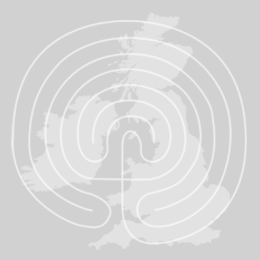
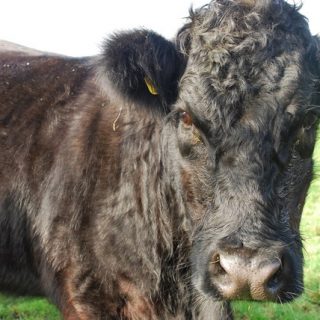

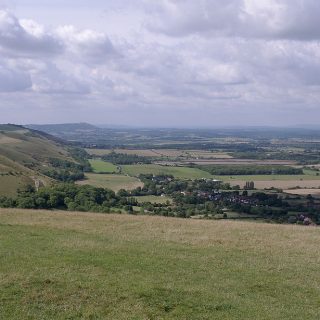

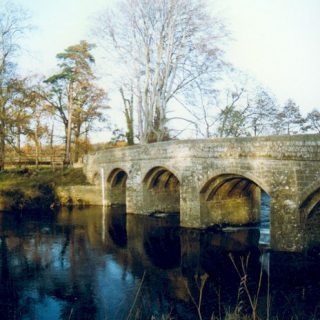
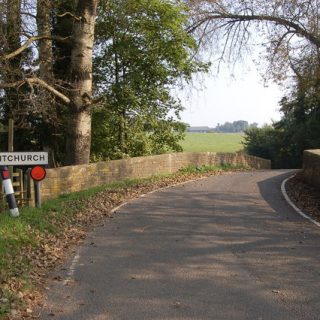
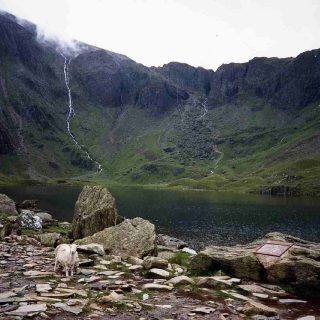
Recent Comments